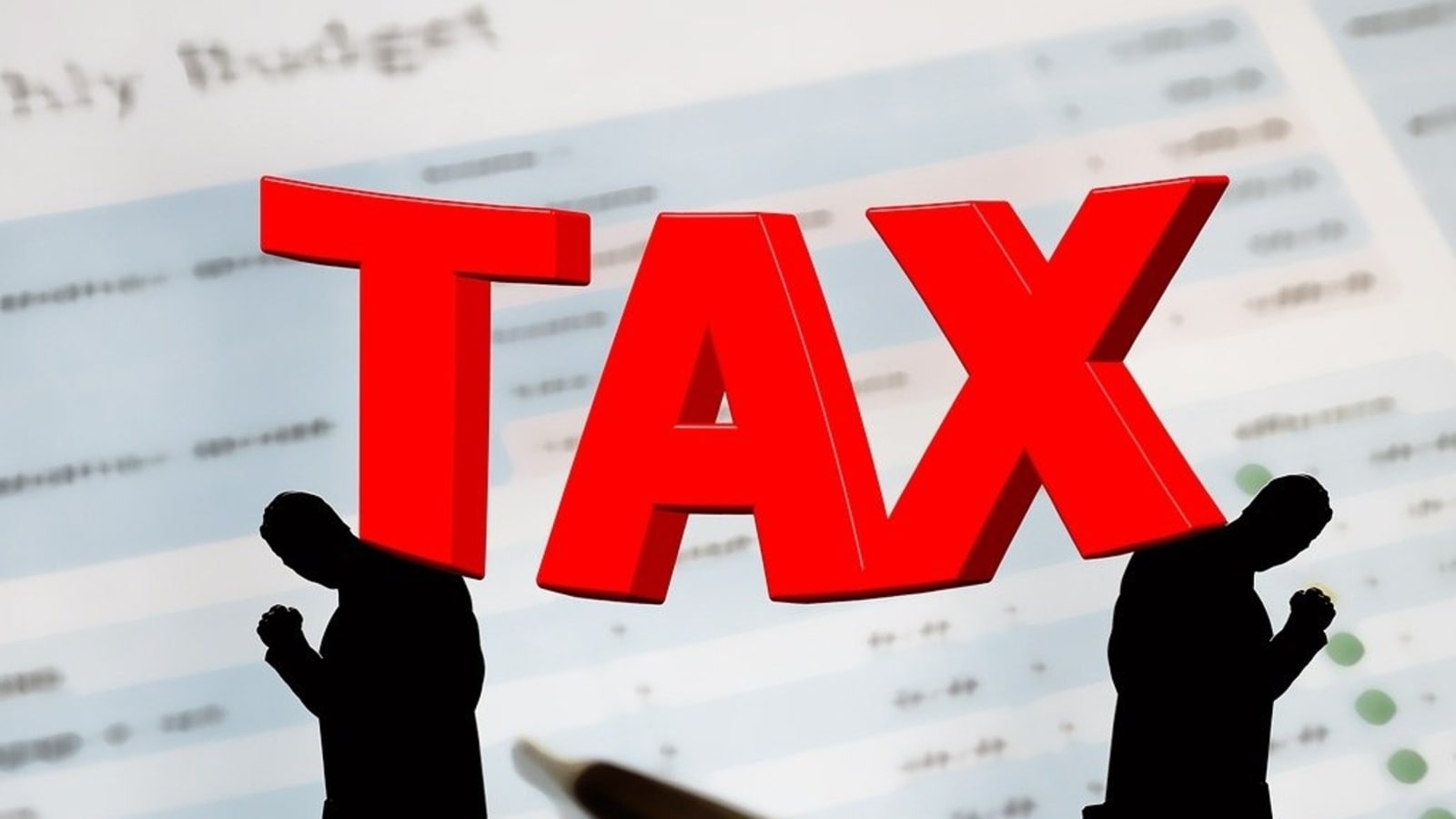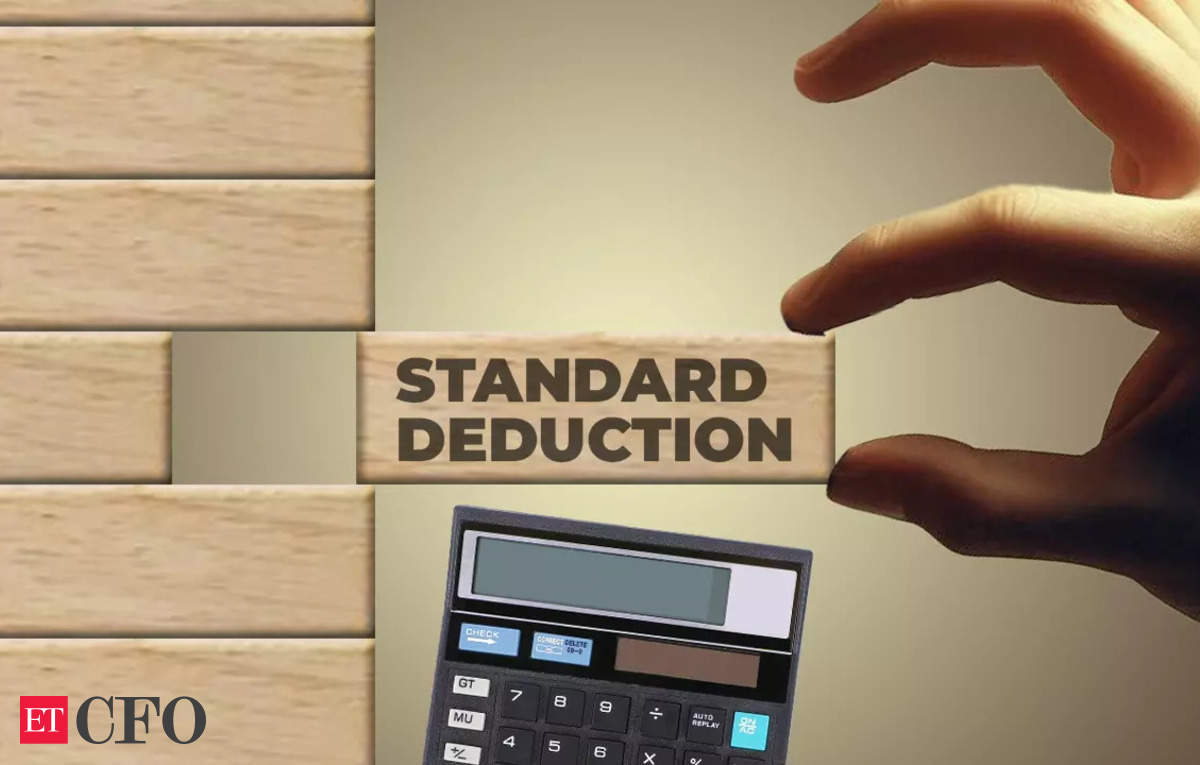Section 44AD of the Income Tax Act, 1961, provides a presumptive taxation scheme for certain eligible taxpayers engaged in businesses. It simplifies the process of calculating and maintaining accounts by allowing taxpayers to declare a percentage of their total turnover or gross receipts as their taxable income, irrespective of their actual profit and loss.
Here’s a detailed explanation of Section 44AD:
Eligibility:
Section 44AD is applicable to:
- Resident individuals,
- Hindu Undivided Families (HUFs), and
- Partnerships (excluding LLPs),
who are engaged in a specified business and have total turnover or gross receipts not exceeding Rs. 2 crores in a financial year.
Following provisos shall be inserted after sub-clause (ii) of clause (b) of Explanation to section 44AD by the Finance Act, 2023, w.e.f. 1-4-2024:
Provided that where the amount or aggregate of the amounts received during the previous year, in cash, does not exceed 5% per cent of the total turnover or gross receipts of such previous year, this sub-clause shall have effect as if for the words “2 crore rupees”, the words “3 crore rupees” had been substituted
Important: for the purposes of the first proviso, the receipt of amount or aggregate of amounts by a cheque drawn on a bank or by a bank draft, which is not account payee, shall be deemed to be the receipt in cash.
Watch video to Know in Detail about this new changes:
Presumptive Income:
Under this section, the eligible taxpayer is required to declare a presumptive income at a certain percentage of the total turnover or gross receipts. The presumptive income is deemed to be the taxpayer’s income for taxation purposes, and they are not required to maintain detailed books of accounts.
Presumptive Income Percentage:
For most eligible businesses, the presumptive income is deemed to be 8% of the total turnover or gross receipts.
However, if the total turnover is received via digital transactions and the taxpayer is in compliance with GST provisions, the presumptive income rate is reduced to 6%.
But in case any person wants to show profit less than above limit then he will be liable for Tax Audit
Advantages of Section 44AD:
- Simplified Record Keeping: Taxpayers do not need to maintain detailed books of accounts, which reduces the burden of accounting.
- Tax Certainty: The tax liability is calculated on a presumptive basis, providing certainty about the amount of tax payable.
- Reduced Compliance: Since detailed accounts are not required, compliance becomes simpler and less time-consuming.
Disadvantages of Section 44AD:
- Fixed Rate: The taxpayer needs to pay tax based on the presumptive rate, regardless of the actual profit or loss.
- No Deductions: The taxpayer cannot claim any deductions under Sections 30 to 38 of the Income Tax Act.
Example: Let’s consider an example to illustrate how Section 44AD works:
Business Owner A:
- Business: Retail Shop
- Total Turnover: Rs. 1,50,00,000 (Rs. 1.5 crores)
- Presumptive Income Rate: 8%
According to Section 44AD, the presumptive income for Business Owner A is calculated as 8% of the total turnover:
Presumptive Income = 8% of Rs. 1,50,00,000 = Rs. 12,00,000
Business Owner A’s taxable income for the financial year would be Rs. 12,00,000, and they would be liable to pay taxes on this amount, regardless of the actual profit earned.
Important to note that as per section 44AD (4): Where an eligible assessee declares profit for any previous year in accordance with the provisions of this section and he declares profit for any of the 5 assessment years relevant to the previous year succeeding such previous year not in accordance with the provisions of sub-section (1) of Section 44AD, he shall not be eligible to claim the benefit of the provisions of this section for five assessment years subsequent to the assessment year relevant to the previous year in which the profit has not been declared in accordance with the provisions of sub-section (1). In Brief: Five Successive Assessment Years: Section 44AD(4) comes into play when the eligible assessee declares their profit for any of the 5 assessment years succeeding the previous year (for which they opted for presumptive taxation under Section 44AD) in a manner that doesn't comply with the provisions of sub-section (1) of Section 44AD. Loss of Eligibility for Benefit: If the eligible assessee declares profit for any of these 5 assessment years in a manner that doesn't adhere to the provisions of sub-section (1) of Section 44AD, they will lose the eligibility to claim the benefits provided under Section 44AD for the next 5 assessment years following the assessment year relevant to the previous year in which the non-compliant declaration was made.











